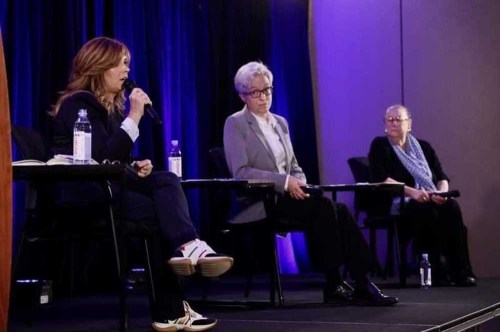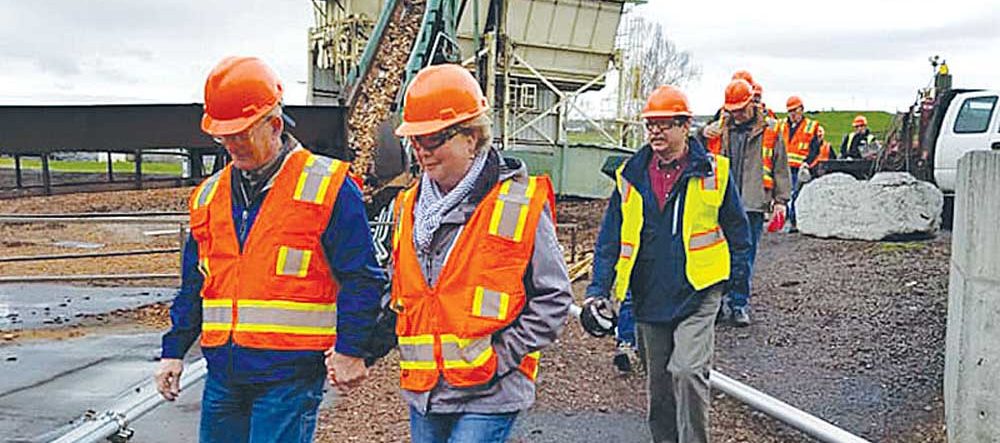Oregon governor nominee Drazan discusses urban-rural divide, energy transition, education
Published 7:00 am Tuesday, November 8, 2022

- Republican Christine Drazan, left, Democrat Tina Kotek, center, and unaffiliated candidate Betsy Johnson, right, at the first debate of the 2022 campaign.
PENDLETON — Republican gubernatorial nominee Christine Drazan during a call with media Nov. 1 touched on her perception of Oregon’s urban-rural divide.
“Portland can be Portland, and Port Orford can be Port Orford,” she said. “We can do that.”
Drazan is in tight contest for governor against unaffiliated candidate Betsy Johnson and Democrat nominee Tina Kotek. Drazan said working with legislators across the aisle is part of the job of governor.
“We are most likely still going to have a Democrat-controlled Legislature,” she said. “Having a Republican in the governor’s office balances out our civic life. I believe that the best way to bridge the urban-rural divide is to help Portland recover from the tough times that they’ve gone through recently and certainly the experiences they’re having now with homelessness and rising crime without silencing people in the rural part of the state.”
Drazan also spoke about Oregon’s climate challenges. She said she was committed to supporting innovation in Oregon’s energy market while supporting Oregon’s commitment to transition to renewable energy sources.
“When it comes to my approach to that, the approach on the other side of the aisle has unfortunately been driving costs for Oregon families, or at least they were willing to drive costs, at a time we can’t afford that,” Drazan said. “I’d encourage innovation in that field and do everything we can to continue to move in that direction but I’m not going to do it at the expense of Oregon families where they take on a disproportionate burden for addressing a global crisis.”
A key difference between Drazan’s approach and the sitting governor, Kate Brown, is Drazan’s perspective on Oregon’s dams.
“Kate Brown has been engaged in conversations to potentially remove dams,” Drazan said. “If we’re serious about a low-carbon or no-carbon future for our energy grid it’s got to assume that we maintain our dams. We cannot on the one hand say we’re going to go all in with renewables and then act like hydropower is in fact anything other than zero emission. I’m going to continue to remain committed to moving toward that future, but I’m also committed to keeping our dams in place.”
Drazan’s assertion that dams and the hydropower they produce are “zero emission” stands in contrast to a 2022 study published in Natural Geoscience by researchers from the University of Quebec at Montreal and Washington State University entitled “Reservoir CO2 and CH4 emissions and their climate impact over the period 1900–2060,” which asserts reservoirs created by dams produce methane that accounted for 5.2% of global anthropogenic methane emissions in 2020, a number that is expected to rise. Methane, a powerful greenhouse gas that represents around 20% of global emissions, is estimated to be more than 25 times as potent as carbon dioxide at trapping heat in Earth’s atmosphere, according to the U.S. Environmental Protection Agency.
Drazan pivoted to discussing Oregon’s ailing education performance, explaining she would fight to bring graduation requirements back to where they were previous to the pandemic.
“Overall, they weren’t making the level of progress that we really need to make on behalf of our kids,” Drazan continued. “The answer was never to lower our standards, the answer should never have been to reduce our graduation requirements because we just saw the scores come back, Oregon test scores are plummeting.”








